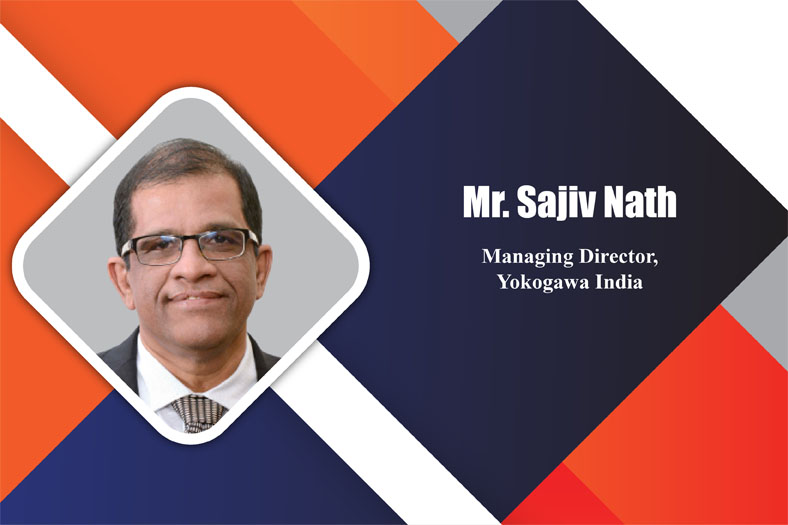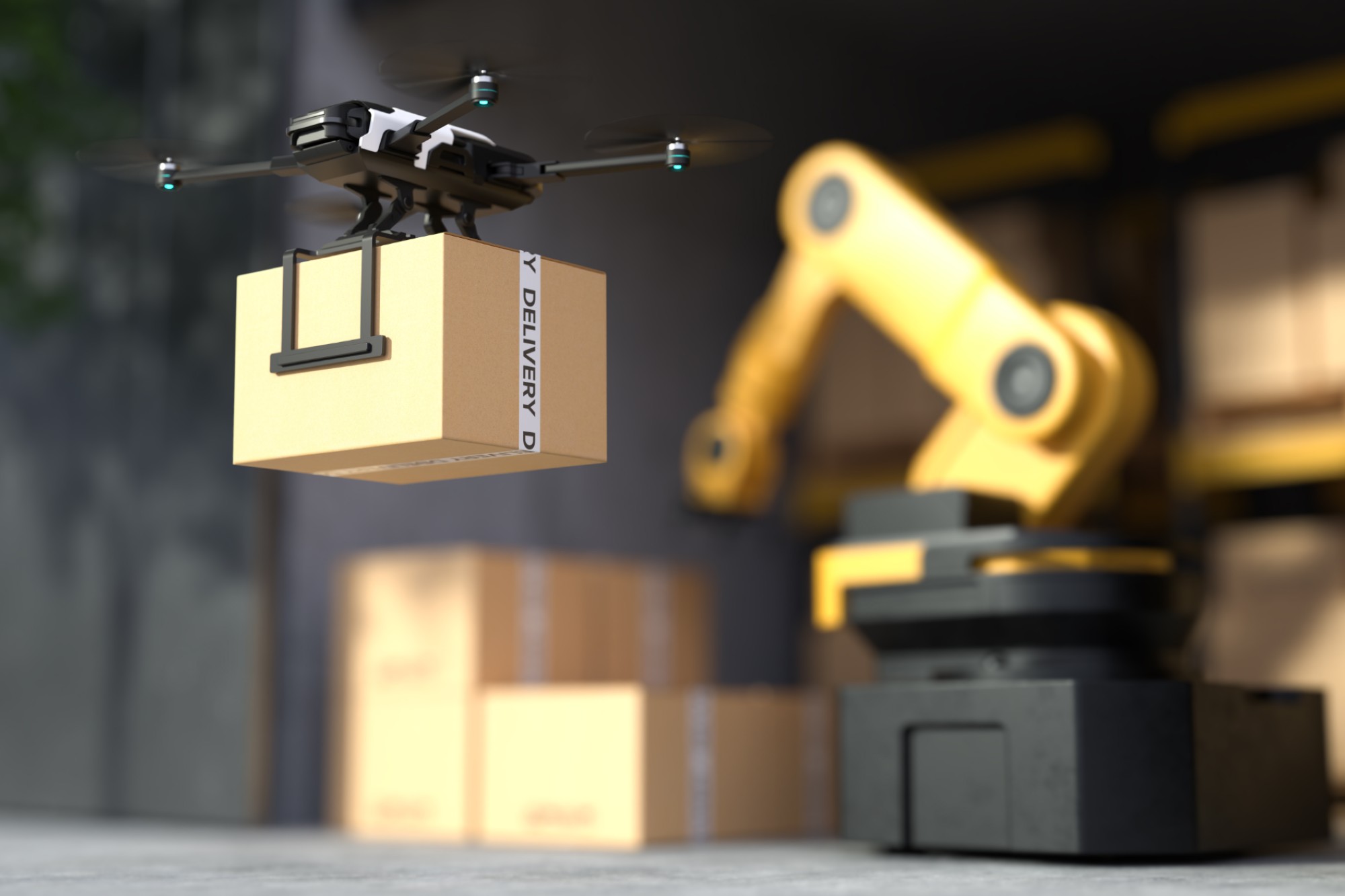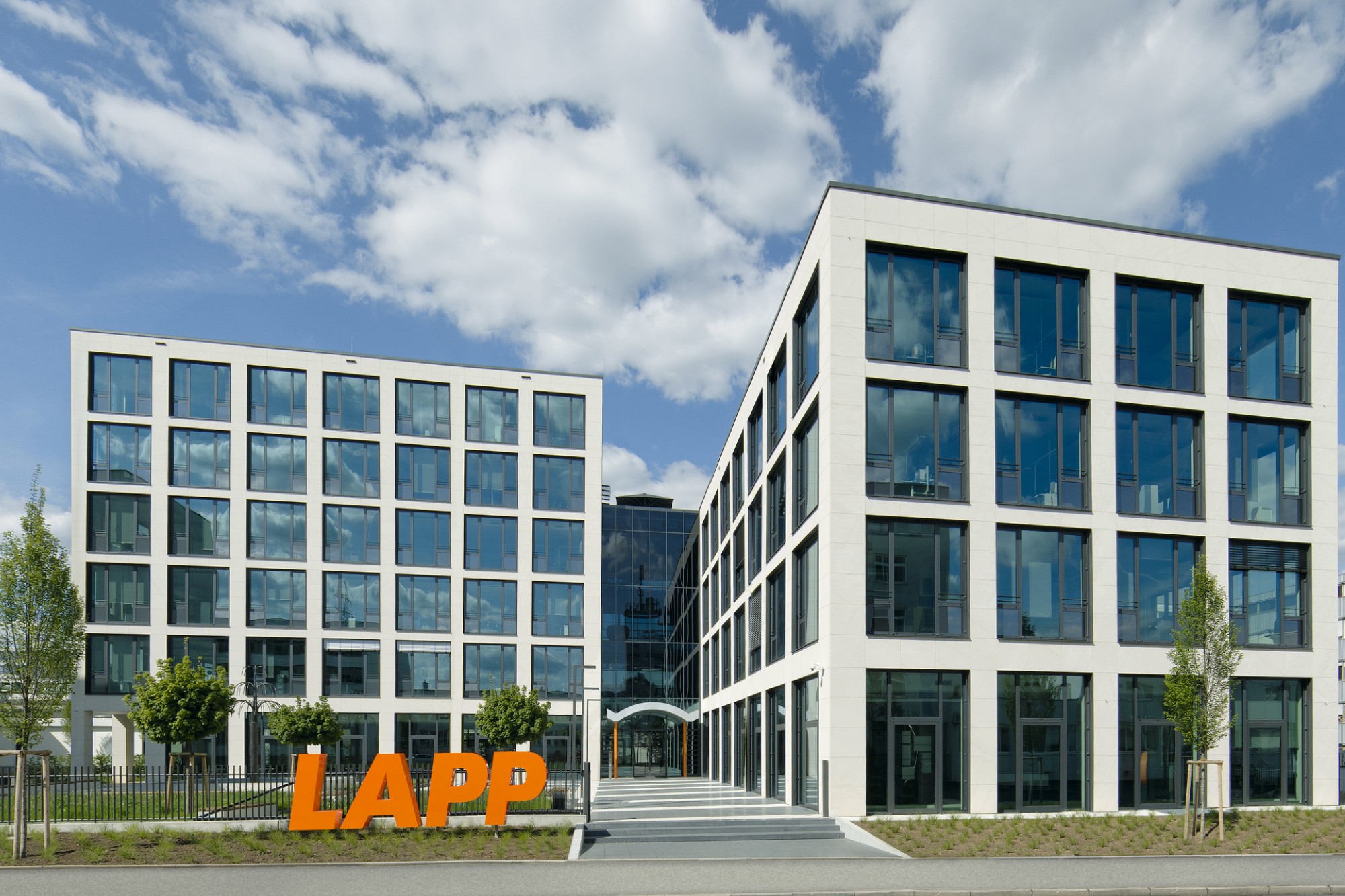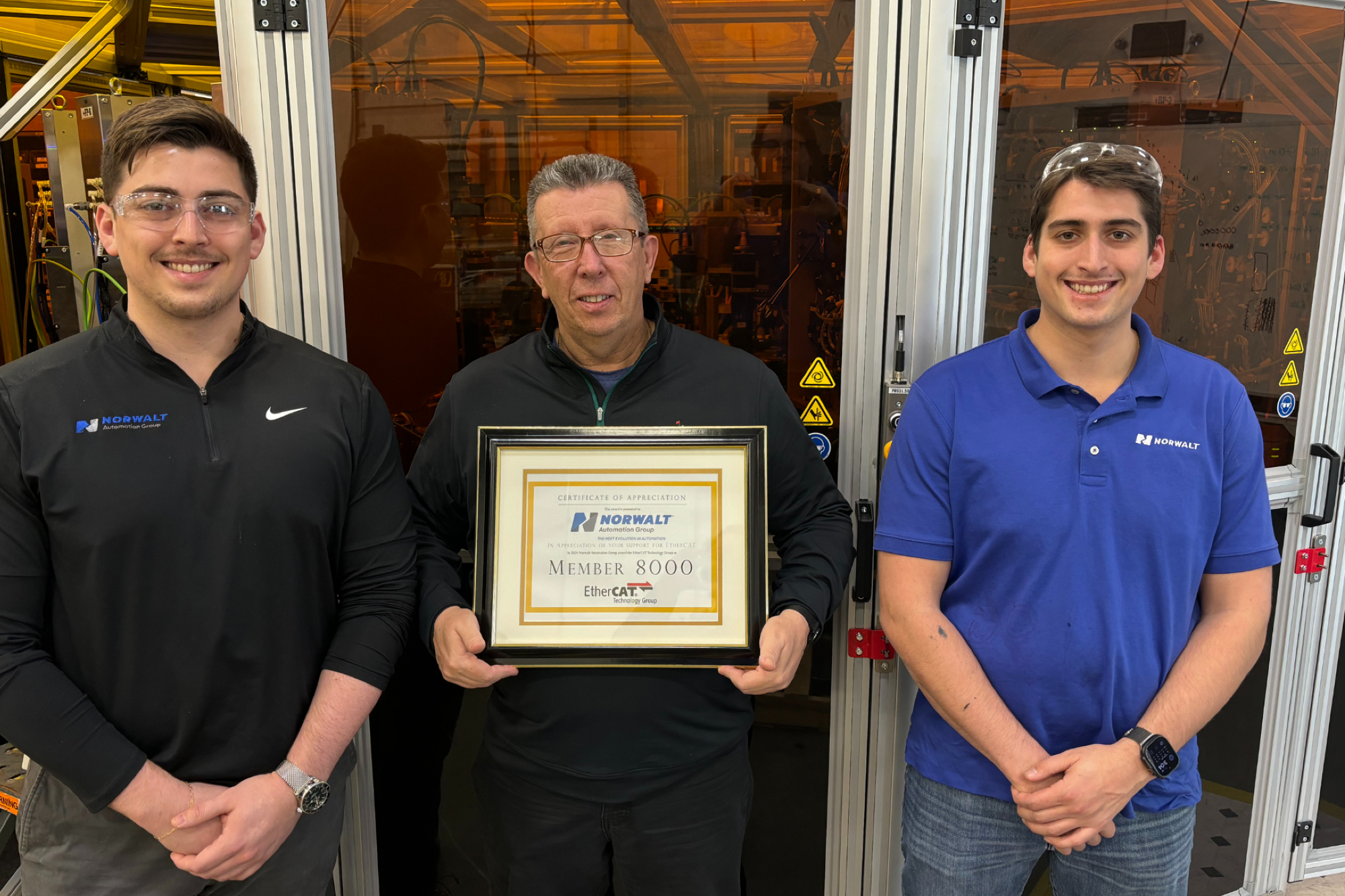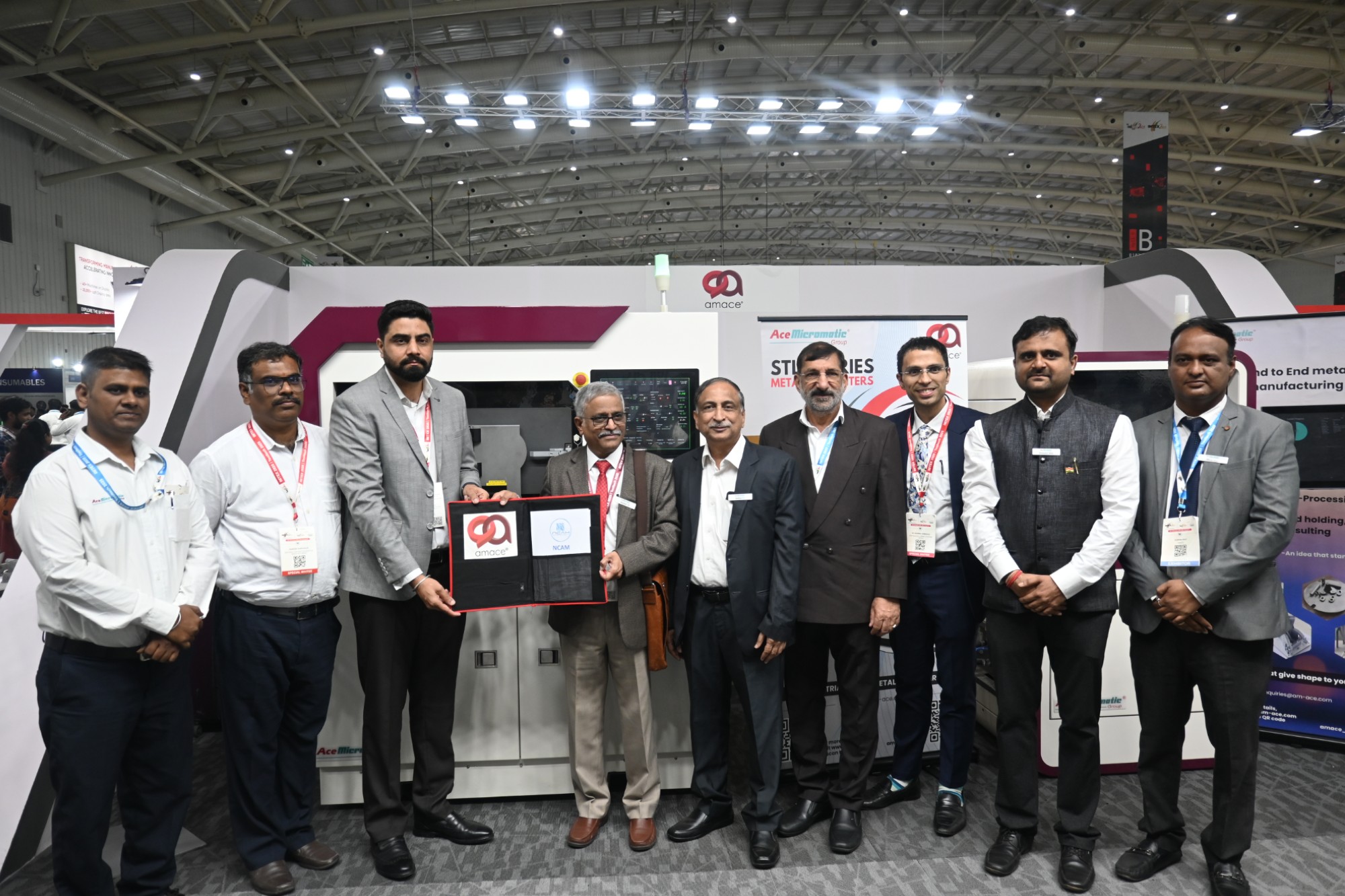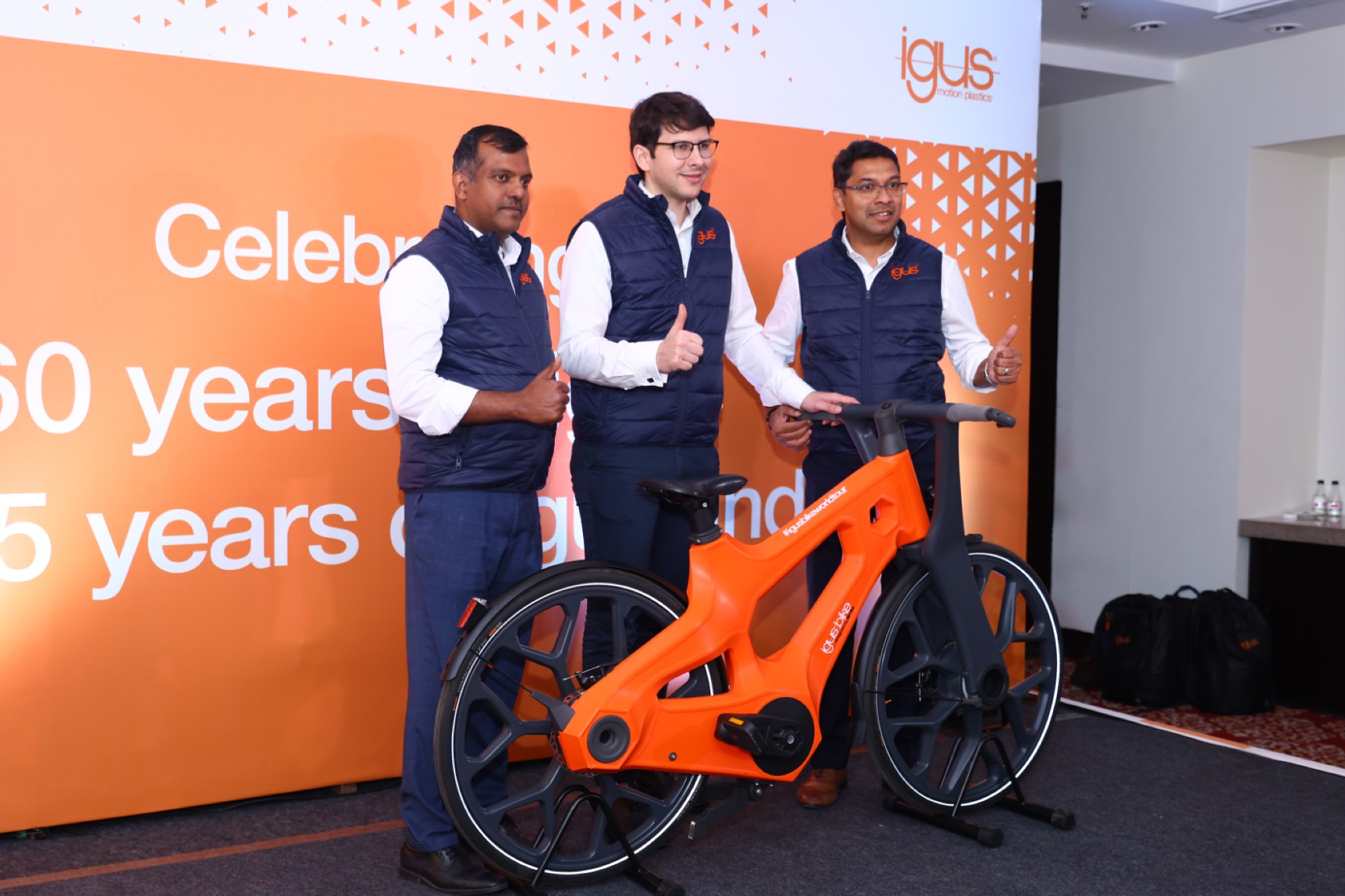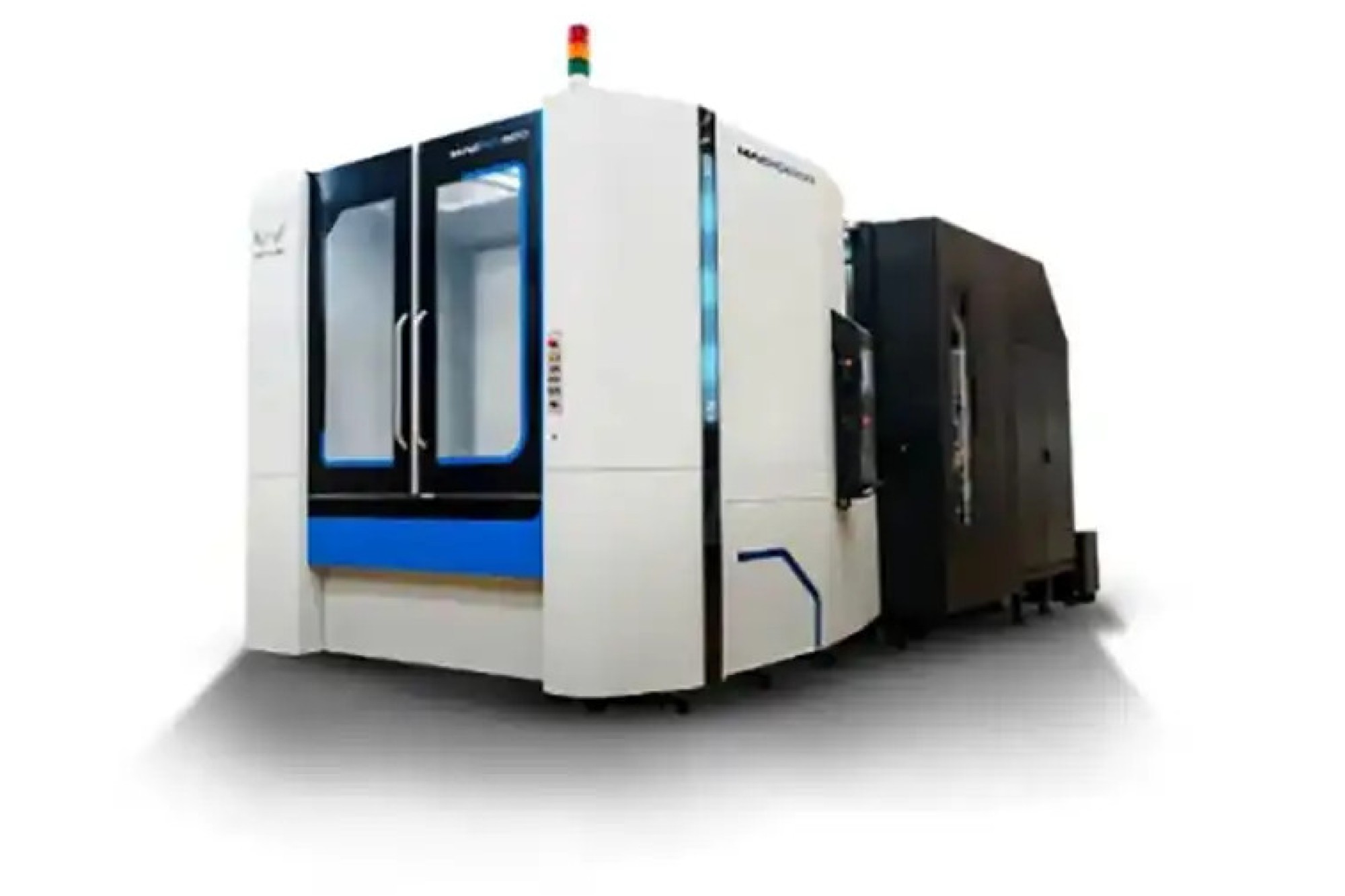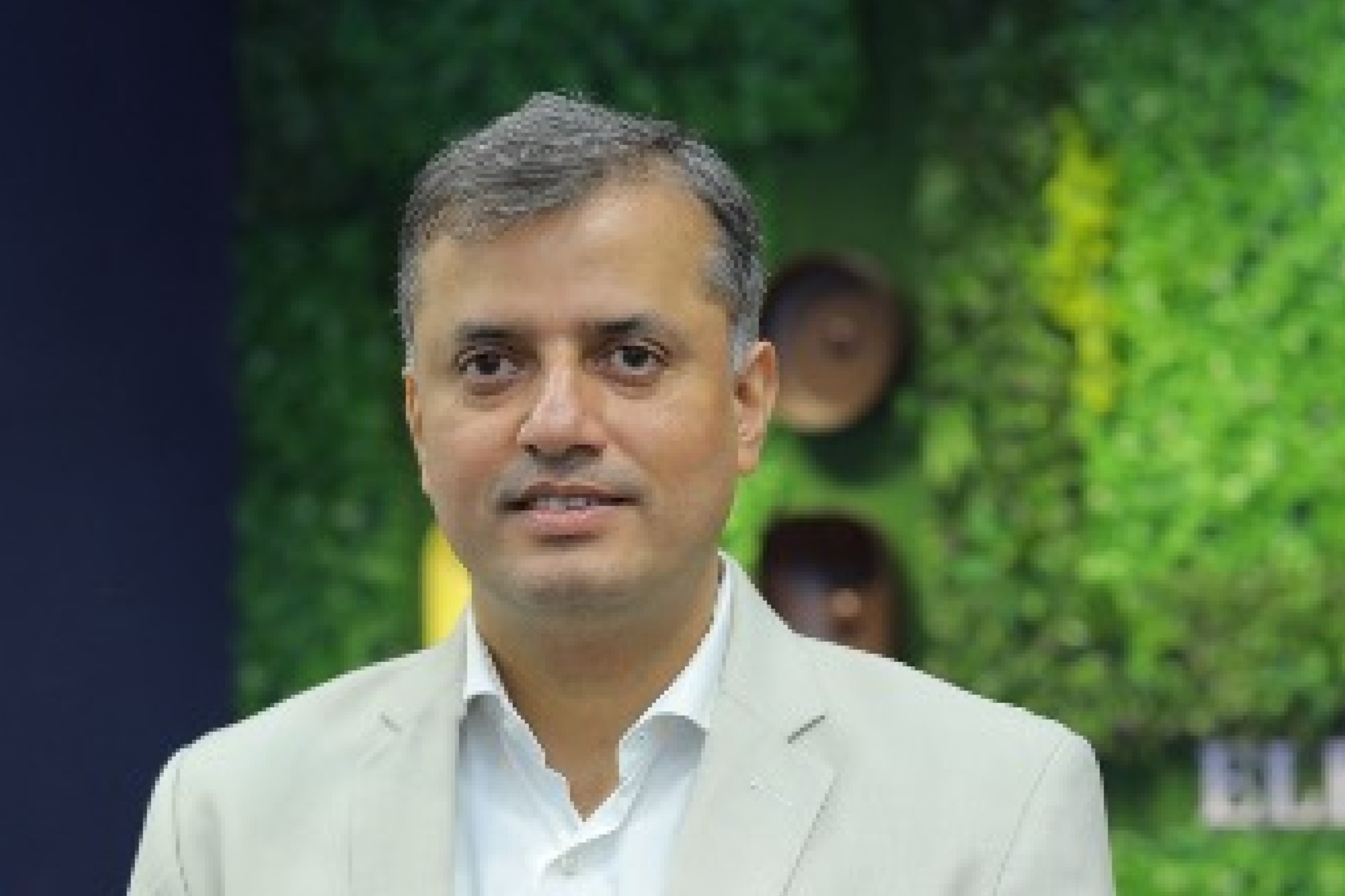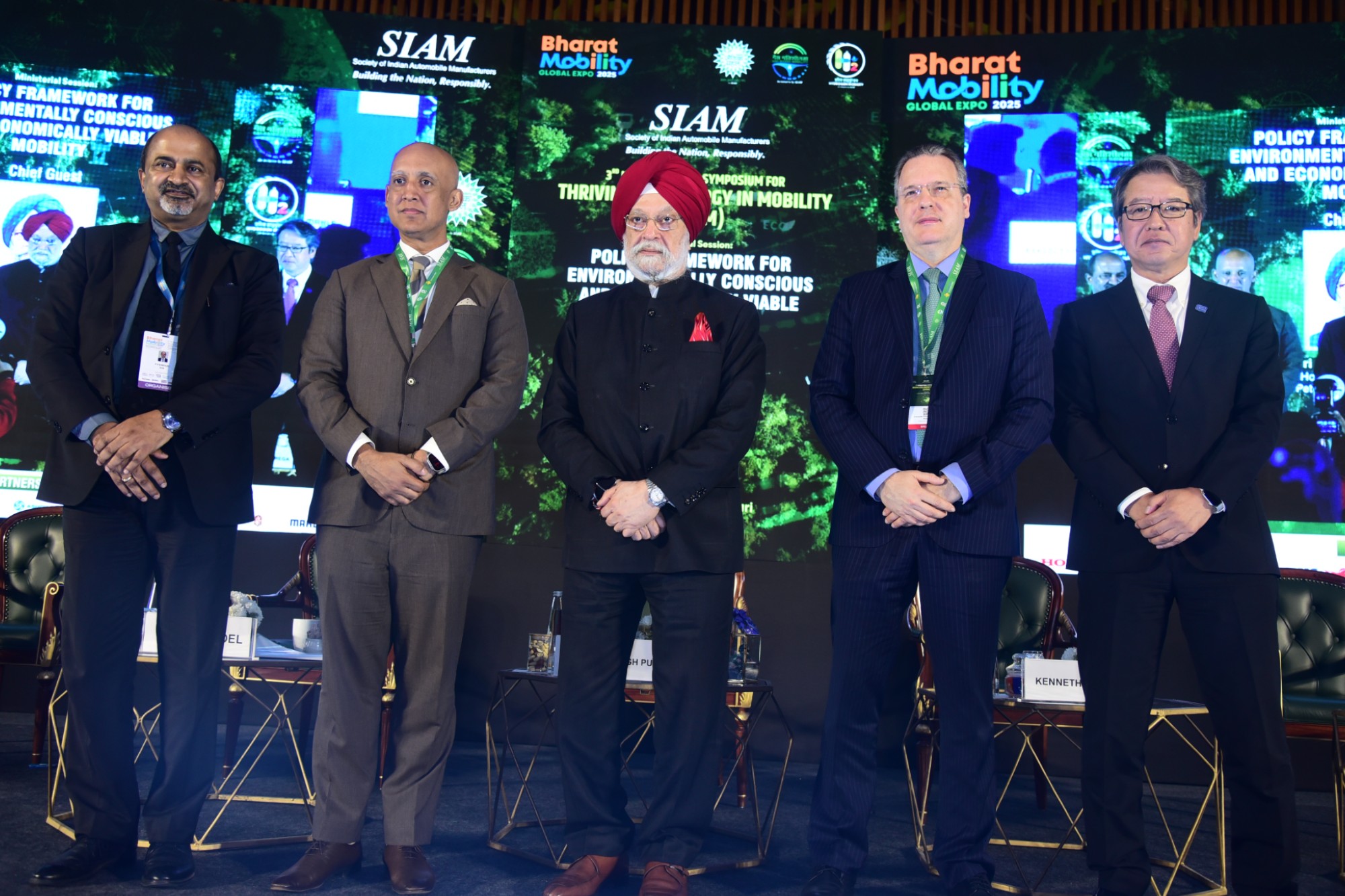The 2022-23 budget has precisely balanced to support economic recovery with fiscal retreat
By OEM Update Editorial February 17, 2022 12:04 pm IST
The increased allocation under Jal Jeevan Mission will increase the demand for building robust digitization of water distribution Says, Sajiv Nath, MD, Yokogawa India.
“The Finance Minister set aside ₹60,000 Cr under Jal Jeevan Mission. This is a timely initiative by the Government, the scheme is aimed at providing drinking water to 3.8 crore households in 2022-23. The increased allocation is going to help local authorities in speeding up the delivery of tap connections which in turn will increase the demand for building robust digitization of water distribution.
Water undertakes a vital role in the human framework, farming, and industry. The twentieth century saw an immense rise in the demand for freshwater due to the growing population along with the expansion in trades and development. This rising level of water requirement is directly impacting the worldwide scarcity of water.
Global demand for water is presently emerging by 64 billion m3 (2.2 trillion ft3) per annum, and yearly global water extraction is relied upon to develop by about 10-12% at regular interludes and is projected to reach a massive 5,240 km3 (or an increase of 1.38 times since 1995) by 2025. The World Economic Forum gauges that 2.8 billion individuals effectively exist in zones of high water pressure (i.e., the territories that will deal with potential water shortage) and this is set to rise up to 3.9 billion by 2030. An examination by Asian Development Bank (2007) finds that water shortages in a few segments of the world would turn out to be unembellished to the point that city specialists are starting to constrain new improvement in zones wanting water and are focusing upon initiatives, for example, exploiting less and reusing more as a way to bail out Asia’s water challenges.
Non-revenue water (NRW) is an effective indicator of water utility performance globally. Water that is pumped and then lost or unaccounted for is discussed as NRW. Water utilities need to be ramped up as they experience the ill effects of the immense expenses of treating and pumping water just to see it spill back into the ground, resulting in lost income from water that could have in idle circumstances been sold or consumed. Hypothetically speaking; if the water calamities in developing nations could just be halved, we can save enough water to effectively supply it to around 90 million people. It is time to make our cities smart and work around co-innovation and move from industrial automation to industrial autonomy. Reduction in the NRW is the key to smart water management in India so that water usage is maximized and accounted for. We, at Yokogawa, provide comprehensive automation solutions to address this issue.
In the water and other industries, there is a huge scope of improvement, and it will take time to alter mindsets and embrace change. However, the advantages of such change are so huge and will benefit the entire pharma and healthcare industry. Some of the key benefits of this transformation are:
-
Updating plants to international performance standards
- Advancement of R&D and manufacturing infrastructure
- Seamless knowledge & information sharing
- Lower manufacturing costs
- Making processes ready for any future crisis
- Effective utilization of infrastructure
- Healthcare equality
- Affordable medicines
New edge autonomous processes will support the response of healthcare systems in times of emergency, including the last mile distribution of medical counter measures.”
For more info, visit: www.yokogawa.com/in/
Cookie Consent
We use cookies to personalize your experience. By continuing to visit this website you agree to our Terms & Conditions, Privacy Policy and Cookie Policy.



